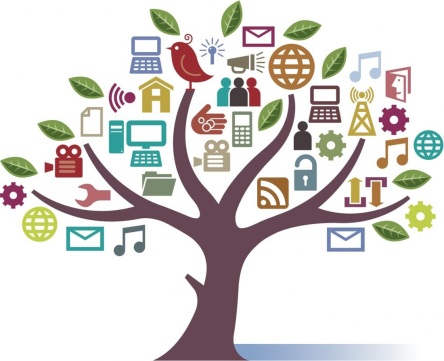What is multimodality?
Multimodality describes communication practices in terms of the textual, aural, and visual resources—or modes—used to compose messages, according to Joddy Murray. It is the combined use of these three modes of communication that constitutes a multimodal composition. Multimodality harnesses the available textual, visual, and aural means of effective communication and semiosis, according to the rhetorical situation for which the piece of communication exists.
What are some examples of multimodal composition?
Videos, infographics, audio essays, podcasts, blogs, newspapers, collages, comic strips, and storyboards all qualify as forms of multimodal compositions. Basically, any combination of traditional text with other visual and/or aural composition elements constitutes a multimodal composition.
Why is multimodal communication used?
Rhetorical appeal is at the heart of multimodal composition and communication. Classic rhetoricians have studied the ideas of multimodality since the 4th Century BC, according to Anne Frances Wysocki, with particular attention to the effects of voice, gesture, and expressions in public oration and communication. Anyone with a message, whether it is a teacher trying to instruct a student, an advertiser trying to hook a niche audience, or a government agency trying to encourage enrollment in a program, it is to the benefit of the message author to state their content as effectively as possible for the greatest level of understanding, retention, and influence upon the rhetorical audience.
The uniqueness of each audience member is the reason multimodality ought to be embraced by savvy communicators, educators, business practitioners, and the like. As technology advances, we as communicators have better platforms—hardwares, softwares, and applications—to present our messages in meaningful and influential ways, as never before. Consider “listeners” in educational contexts, community contexts, and business/consumer contexts; audience members vary greatly. The variety of learning styles, disabilities, and microcultures of any given audience is a great incentive for communicators of myriad contexts and mediums to embrace the opportunities technology affords to communicate more effectively to their diverse audiences.
Where is multimodality going?
In multimodal composition, the writer encourages greater interactivity with the reader through the use of various visual and aural media elements. This interaction promotes a sense of connection between the author and the audience, enhancing the reader’s experience and enabling a wider audience base to connect vitally with the material. Because of the technological advances of Web 2.0, there has been a shift away from traditional instruction and communication, to one of greater interactivity via multimodality. This is exemplified by the growing popularity of online video tutorials, forums, manuals, and infographics, to name a few.
As the web continues to evolve, and wearable technologies, new hardwares, and new softwares emerge, the growing trend of message enhancement through multimodal tools is likely to continue to replace modes of communication that marginalize audience participation and comprehension. Users create a demand that fuels an expectation. Because of the great effect multimodal communication is having on multiple audience spheres, it is likely that the trend will continue to augment, embracing new technologies that improve communicate and therefore, connection.
